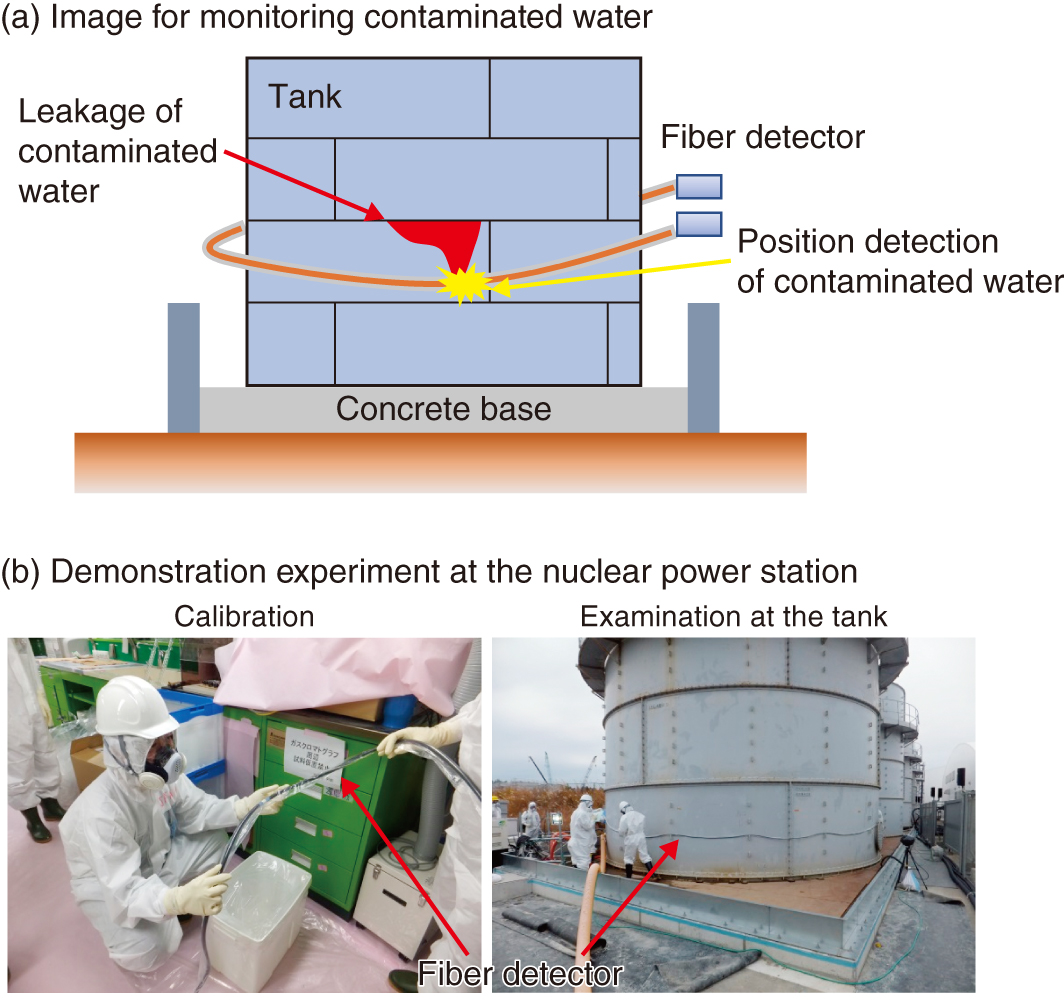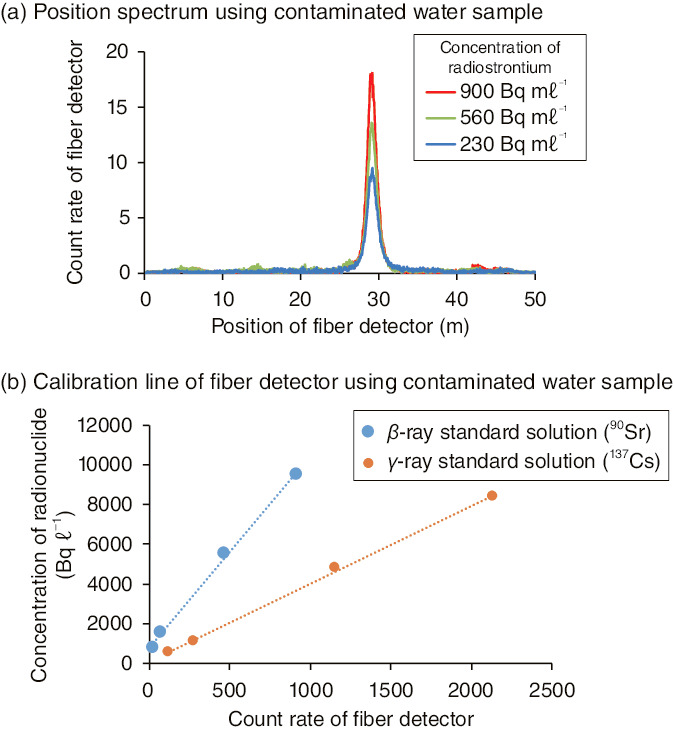
Fig.1-24 Image of the developed fiber detector for use in monitoring contaminated-water leakage

Fig.1-25 Calibration of the fiber detector using a contaminated water sample
We have been measuring environmental radiation using a plastic-scintillation-fiber-type radiation detector since the accident at the TEPCO’s Fukushima Daiichi NPS (1F). The fiber detector used in this study comprises a bundle of optical fibers with a plastic scintillator at its core. The photomultiplier tubes were placed at both ends of the optical-fiber bundle. The position at which radioactive emissions took place was pinpointed on the basis of the difference between the times at which two sensors at each end of the photomultiplier tube counted emissions. The advantage of a fiber detector, which is shaped like a string, is its ability to measure objects of various shapes with close contact. Moreover, the cost and labor needed for radiation monitoring can be reduced because the measurable area of the fiber detector is wider than that of a general radiation detector.
In 1F, various countermeasures have been taken against the risk of contaminated water leaking into the ocean. Thus, the frequency of leakage accidents from a contaminated-water tank has decreased. However, establishment of a leakage-monitoring technique is necessary because detection of contaminated water in the drainage has occurred several times under the present configuration. Therefore, we have conducted demonstration experiments to monitor contaminated-water leakage at 1F using a fiber detector developed for environmental-radiation monitoring.
A fiber detector of 50–m length was developed for monitoring leakage from the contaminated-water tank, as shown in Fig.1-24(a). Ten fiber detectors were gathered into a thin plastic tube with little shielding against β-rays emitted from 90Sr. In the laboratory at 1F, the fiber detectors are able to monitor the contaminated water because the peak count rate was observed by immersing a fiber detector therein (Figs.1-24(b) and 1-25(a)). A demonstration examination using the fiber detector has been in advance of installation around the actual tank (Fig.1-24(b)).
To determine the concentration of contaminants in water from the count rate of the fiber detector, this detector was calibrated using contaminated-water samples of a certain concentration. The radionuclide concentration and count rate were related to positive correlation (Fig.1-25(b)).
This fiber detector was adopted by TEPCO to monitor contaminated water on the basis of our examination results. We wish to contribute to decommissioning work at 1F using a relevant technical support, such as new radiation-detection technology.